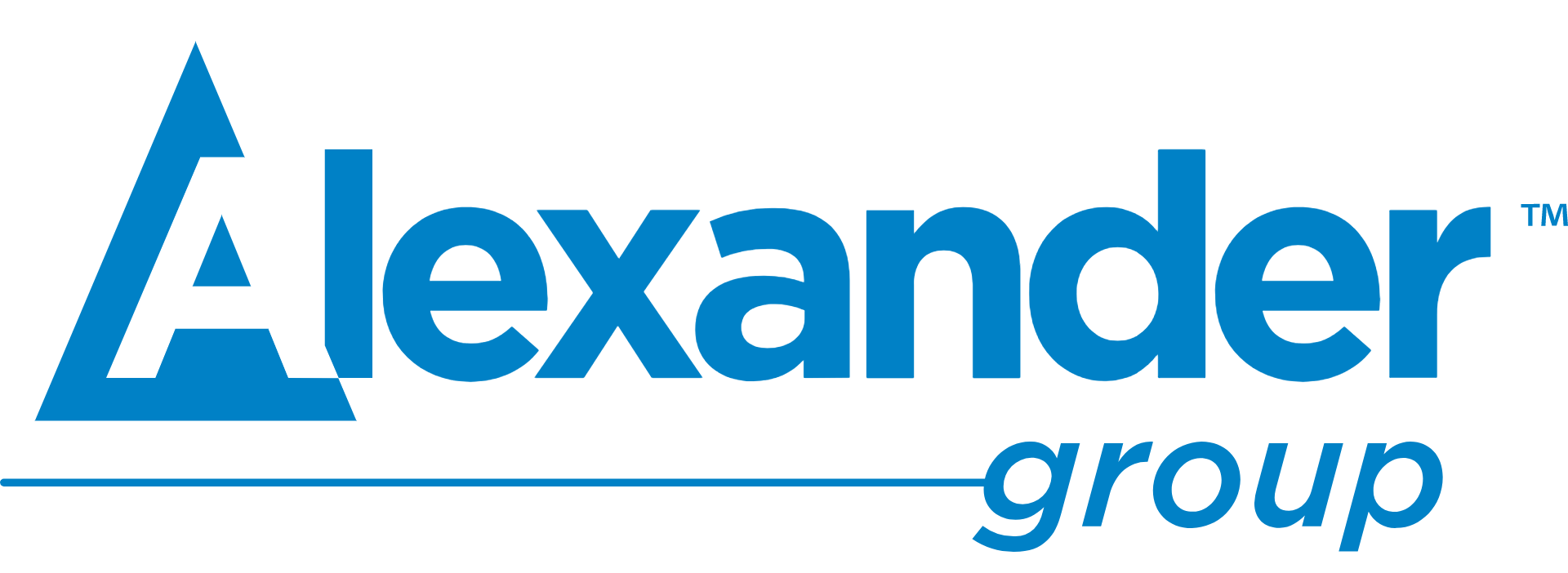Pillar 3: Engagement and Motions
WHAT ARE ENGAGEMENT AND MOTIONS?
Engagement and motions describe the revenue acquisition actions of marketing, sales and service, defined by customer buying preferences along the buyer journey. Engagement specifies the customer experience steps. The revenue team uses specific revenue motions—persuasion themes—to locate, secure and service customer purchases. Revenue management embeds the sales process within the overall buyer journey made of numerous engagement steps deployed by marketing, sales and service plus digital touch points. Leadership specifies the engagement and revenue motions to meet and accelerate customer purchasing for each revenue segment.
WHY ARE THEY IMPORTANT?
Customer engagement is how buyers buy and sellers sell. An engagement process is a set of steps, a progression of efforts and interactions with customers. Customer engagement means activities; actions impacting buyers.
Revenue motions specify the sales theme: fulfillment, advocacy or innovation. These motions activate value propositions, meet defined needs, promote an offering, and solve a problem. Customer engagement and revenue motions have intent: Identify potential buyers, learn buyers’ needs, use the right selling theme, describe relevant solutions, secure buyers’ orders, and provide service support.
ENGAGEMENT AND MOTIONS TOOLS (see Chapter 6)
Tool #1: Marketing Efforts—Demand Creation and Qualification
Tool #2: Territory and Account Plans
Tool #3: Service Engagement Process
Tool #4: Interactive Engagement Map

